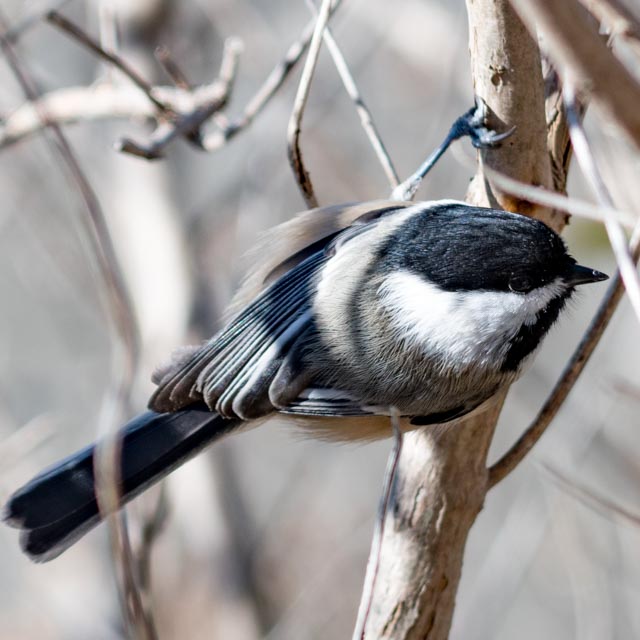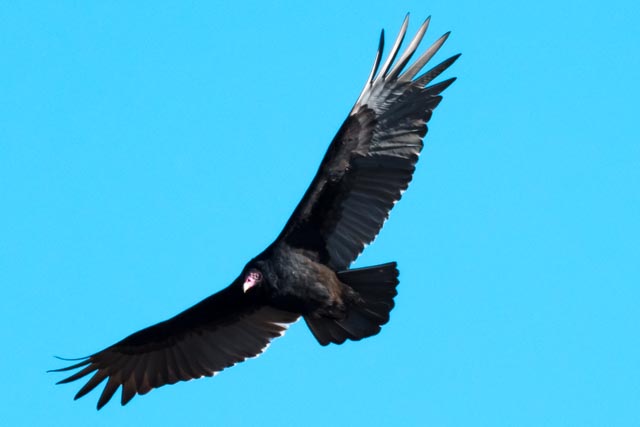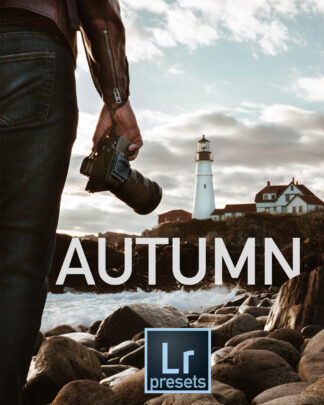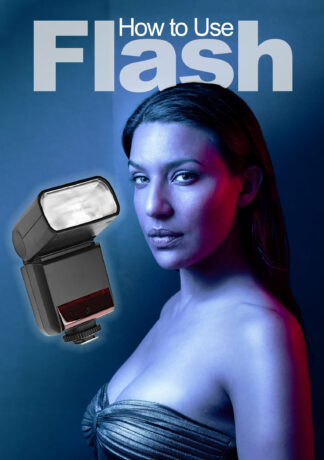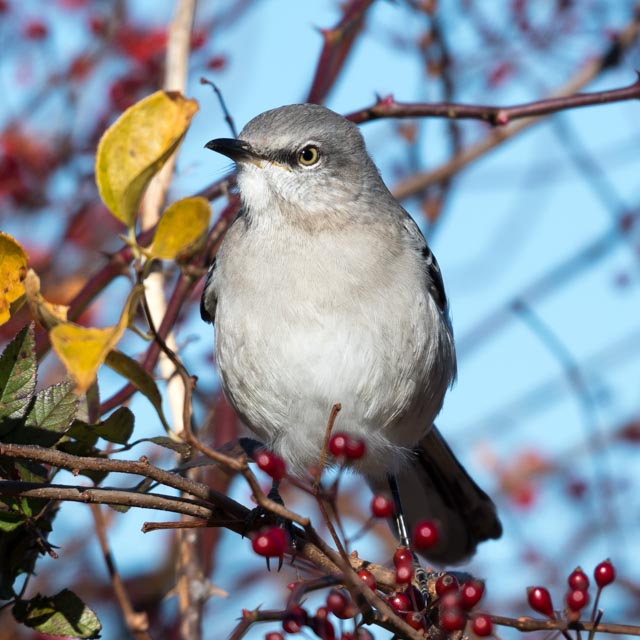
Hey guys! This past week I was in Connecticut to see my family for Thanksgiving and I got to go out shooting with Tony, Chelsea, Madelyn and Justin. We made a video on shooting wildlife, so keep an eye out for that. We also made it into the local paper!
So I got to do some bird photography with some serious equipment. I borrowed T&C’s Nikon D500 with a 200-500mm f/5.6, and that thing is intense. Shooting with a lens that big is a real adjustment.
Tony and Chelsea know their wildlife spots, so we went out to Harkness Memorial Park and down to a little inlet surrounded by tall grasses. There weren’t a whole lot of birds out, just some gulls for a while. I practiced tracking them through a bird blind. One of the hardest parts was just getting a bird in the frame while looking through that insane lens. I would zoom all the way out to 200mm just to get the bird in frame before zooming in to 500mm to try and capture it. Holding it still in blustering winds was hard enough just shooting a still subject. I didn’t get anywhere close to getting a moving subject in focus. Thankfully we had an obliging mockingbird who modeled for us as soon as we got there.
Here’s a great video on shooting songbirds:
And another on shooting flying birds:
Half of us had our batteries freeze up or die towards the end of our session, and of course a whole flock of turkey vultures and black vultures came swooping overhead as we were packing up. It was a rare and beautiful sight that I was completely unprepared to capture! Always have a spare battery, kids.
So here’s what I gleaned from my one trip out with our talented teachers:
Research your location
- There are local bird-watching groups you can join who can tell you where specific species nest.
- Choose a clear day, hard light is good for widlife.
- If shooting songbirds, choose your setting, set up your gear and wait.
Bring the right gear
- Dress for the weather! Gloves, boots, hats and coats were a must for us going out that early on a windy day.
- Camouflage, netting, and bird blinds all help you get closer without the need for a huge lens.
- A telephoto lens is the best if you cannot get close. Watch this video for some suggestions.
- Spare battery!
Camera settings
- Put your camera in shutter priority so you can adjust for still subjects to moving subjects.
- Autofocus for moving subjects.
- Keep your f/stop higher to increase your chances of getting the nearest eye in focus.
- Use continuous shutter to fire off multiple shots in a row.
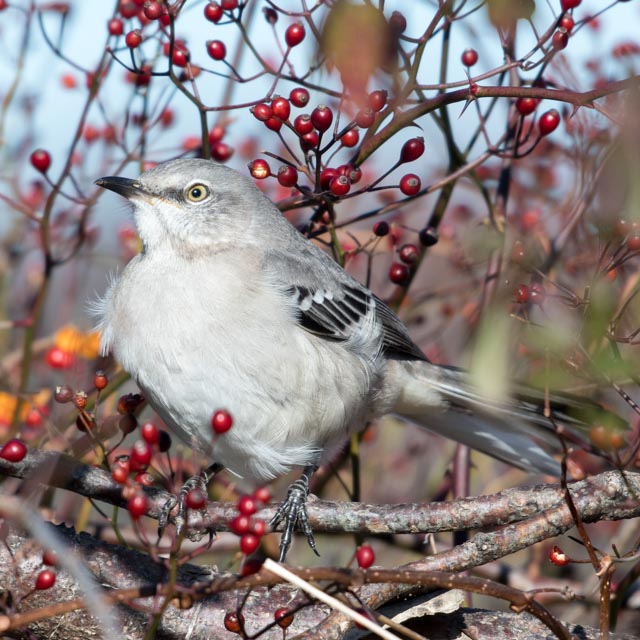 Great model, nice setting, and some pleasing depth of field.
Great model, nice setting, and some pleasing depth of field.
Another angle.
I just love the texture of this little guy’s feathers.
This is the closest I got to getting a moving subject in focus before my battery died.
I had a lot of fun out there. I can’t imagine wildlife will ever be my particular focus, but it was a really interesting practice and I truly appreciate how difficult it is to do now that I’ve attempted it. I did a bit of post processing on all of these shots, mostly cropping in tight (the Tony Northrup way) and checking my white and black points. I could use to do some noise reduction on the background of that vulture shot as well.
So how’d I do for my first time?
And a final tip, don’t be annoying:

